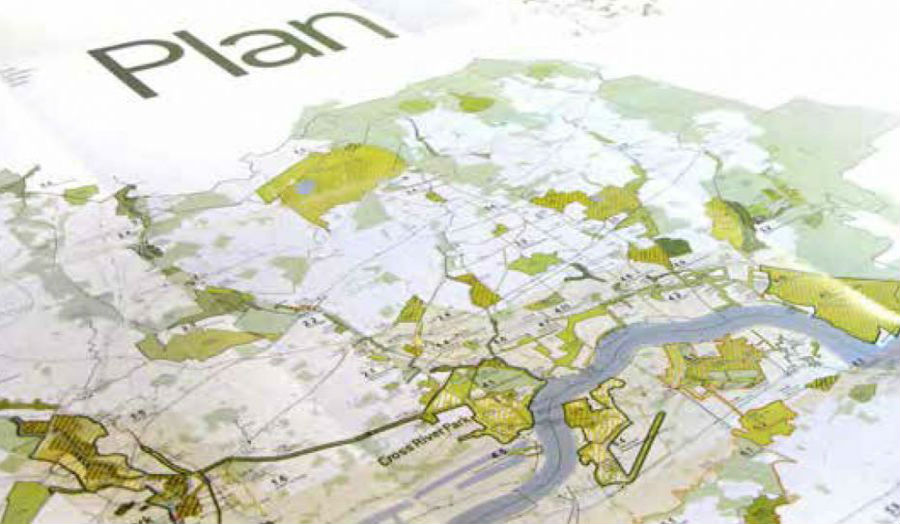Mark Brearley has been involved with the processes of urban change in London for 25 years and a major interest has been public space and the city’s outdoors. He has argued for recognition that parks and green spaces are not just a passive amenity but a subtle topography of settings that carry strong individual and communal identity. Action is needed to enable fuller popular use of this topography and that a richer culture of these spaces could be nurtured through simple means.
Brearley’s approach involves exploring and understanding, recognising assets and opportunities. It then moves on to the slow process of advocating action, building momentum, forming plans, realising projects and popularising places. The justification for all this is simple - these places have been neglected, but they deserve care, they have wonderful assets, and they should be adjusted and made visible so that more people can enjoy them.
The Green Grid initiative started in 2006, with the most focused work carried out from 2008 onwards. In 2012 the Green Grid concept was incorporated in the London Plan through a supplementary planning guidance document, and in 2013 the first tranche of stand-alone mayoral funding for project delivery was introduced. The initiative is ongoing.
The Green Grid brought together a complex collaboration between numerous stakeholders including: London’s borough councils, Thames Gateway London Partnership, the Thames Gateway regeneration partnerships, Environment Agency, Natural England, Greater London Authority, London Development Agency, Department of Communities and Local Government’s (DCLG), Department for Environment, Food and Rural Affairs (DEFRA). A large number of projects have been progressed. Alongside the works at Rainham, other notable examples are the Lea River Park, the Walthamstow Wetlands, Ravensbourne Valley improvements and Fairlop Plain.

Links
East London Green Grid Primer (2006)
East London Green Grid proposals map (2008)
East London Green Grid Area Framework 1 (Lea Valley)
Framework 2 (Epping Forest and River Roding)
Framework 3 (Thames Chase, Beam and Ingrebourne)
Framework 4 (London Riverside)
